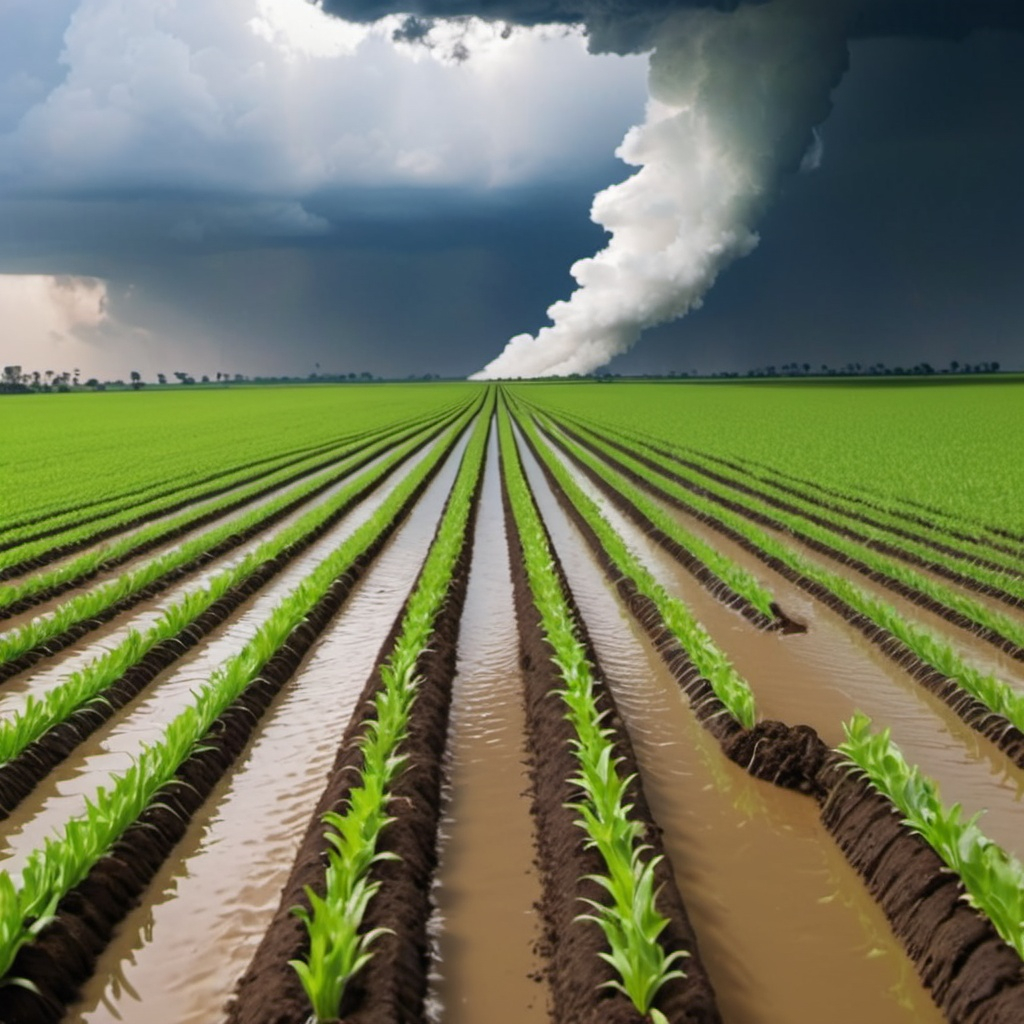
Climate change refers to long-term shifts in temperature, precipitation, and other atmospheric conditions that can significantly impact ecosystems and human activities. Agriculture, being highly dependent on climatic conditions, faces a range of challenges due to changing climate patterns.
Changes in Temperature and Its Effects
Increasing global temperatures have direct and indirect effects on agriculture. Higher temperatures can lead to increased evaporation rates, which may reduce soil moisture levels and affect crop yields. Heat stress on crops and livestock can reduce productivity and quality. Additionally, prolonged heat waves can disrupt growing seasons and lead to decreased agricultural output.
Altered Precipitation Patterns
Climate change often results in altered precipitation patterns, including changes in the timing, amount, and intensity of rainfall. Regions that previously experienced regular rainfall may face drought conditions, while others might experience increased rainfall and flooding. Such changes can affect soil health, crop growth, and the availability of water resources for irrigation.
Impact on Crop Yields and Quality
Shifts in temperature and precipitation can influence crop yields and quality. Some crops may benefit from warmer temperatures and extended growing seasons, while others may suffer from heat stress, reduced water availability, and increased pest and disease pressures. Variations in crop yields can affect food supply and prices, impacting both local and global markets.
Pest and Disease Dynamics
Climate change can alter the prevalence and distribution of pests and diseases affecting crops and livestock. Warmer temperatures can create favorable conditions for pests and pathogens to thrive, leading to increased infestations and outbreaks. This can result in higher pesticide use, increased crop losses, and additional costs for farmers.
Soil Health and Erosion
Changes in climate can affect soil health and increase the risk of erosion. Extreme weather events, such as heavy rainfall and storms, can lead to soil erosion and loss of fertile topsoil. Drought conditions can cause soil degradation and reduce its ability to support healthy plant growth. Maintaining soil health becomes crucial in adapting to these climate-related challenges.
Water Resource Management
Climate change impacts water resources crucial for agriculture. Changes in precipitation patterns, increased evaporation rates, and altered snowmelt patterns can affect the availability and distribution of water for irrigation. Efficient water management practices and technologies become essential to ensure sustainable agricultural practices.
Adaptation Strategies for Agriculture
Farmers and agricultural stakeholders are adopting various adaptation strategies to cope with the impacts of climate change. These strategies include adjusting planting dates, selecting climate-resilient crop varieties, implementing water-saving irrigation techniques, and adopting soil conservation practices. Research and innovation play a key role in developing effective adaptation measures to ensure agricultural resilience.
Economic Implications
The economic implications of climate change on agriculture are significant. Changes in crop yields, increased production costs, and potential losses due to extreme weather events can affect farm incomes and the broader agricultural economy. Policymakers and stakeholders need to address these economic challenges through supportive policies, insurance programs, and investment in research and development.